Smart rings will stay niche until they add these missing features
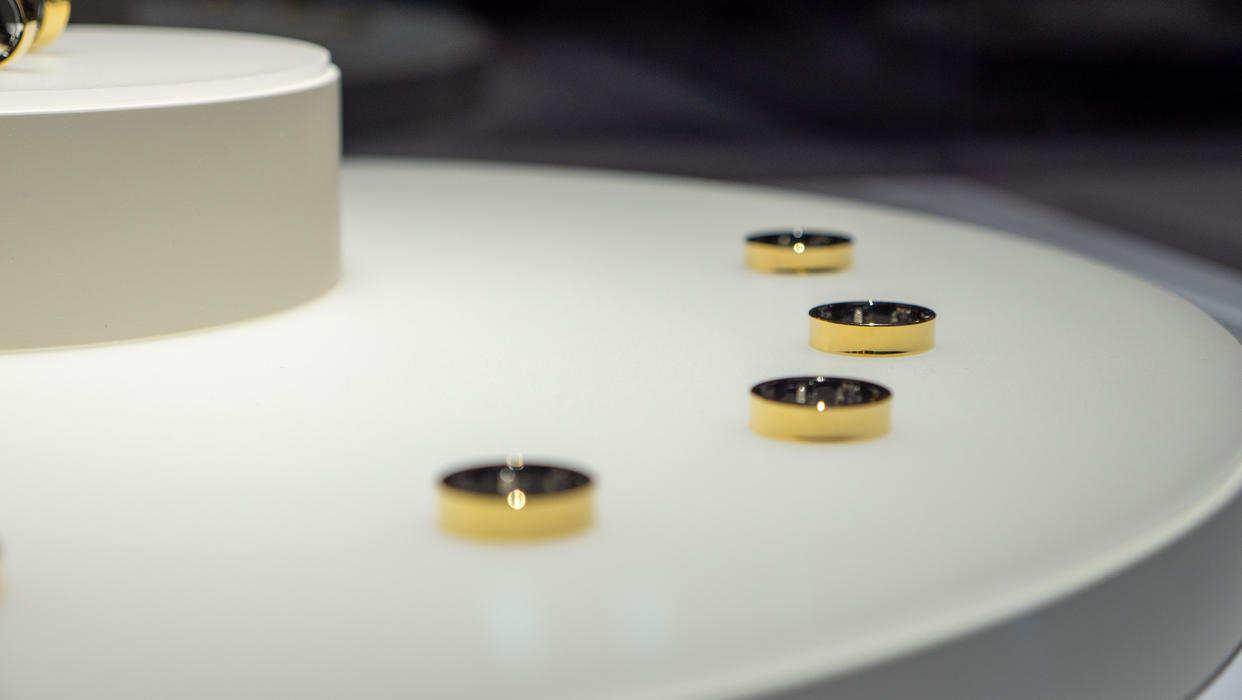
Sunday Runday
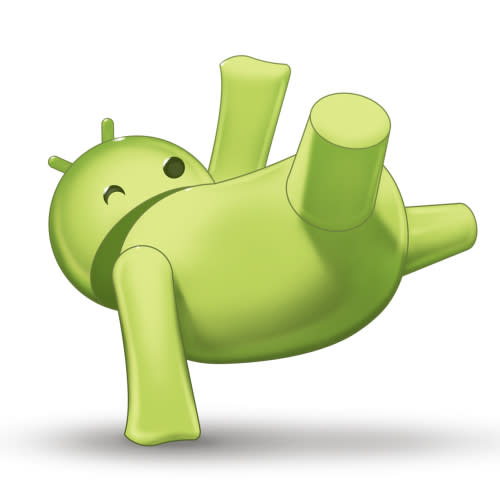
In this weekly column, Android Central Wearables Editor Michael Hicks talks about the world of wearables, apps, and fitness tech related to running and health, in his quest to get faster and more fit.
To go beyond the tech niche into the mainstream, smart rings might need a "killer app" to stand out and justify their high prices. It's unclear which features they need versus the ones added to pad spec sheets or make them sound futuristic.
Smart rings have exploded in 2024, for better or worse. You can barely go a week without some new brand launching a smart ring Kickstarter, each one promising more features than the last. Before the Samsung Galaxy Ring arrives, they're all rushing out rival products with outlandish promises and (mostly) interchangeable features.
In this oversaturated market, brand recognition gives Samsung and Oura an advantage. But the Oura Ring (Gen 3) has a few missing features, and Galaxy Ring leaks suggest its first-generation device won't have as many "smarts" as you might think.
Having reviewed the Ultrahuman Ring Air and consulted my smart ring-loving colleagues, I have a list of potential smart ring features that either haven't been implemented yet or are rare to find but would make this smart jewelry much more likely to boom in popularity.
Any "Find my lost ring" option
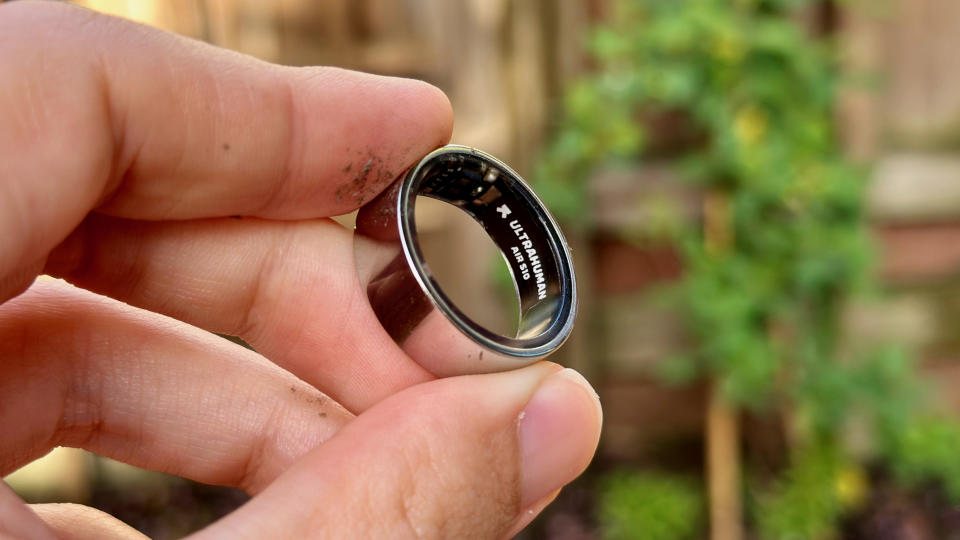
People lose jewelry all the time, but losing a $10 gold band from Target and a $300+ smart ring aren't comparable. And right now, losing a smart ring is pretty much irrevocable. Built-in GPS or a speaker might make a ring too bulky, and no smart rings use a Find My Device network or any sort of method for tracking it down.
A recent Galaxy Ring leak suggests Samsung will add a "Lost Mode" function that triggers a flashing LED and disables any data sharing if someone else finds it. I don't think this goes far enough, however, since a light won't help if the ring falls into a couch cushion or is left somewhere far away.
What you really need is for a smart ring to use your phone's GPS to save its exact location the moment its wear detection catches you taking it off, so you know generally where to look. Once you're in the immediate area, something like Ultra Wideband (UWB) could be the best option for tracking down a ring that's hard to find — assuming it wouldn't make the ring too heavy.
Subtle, versatile haptics
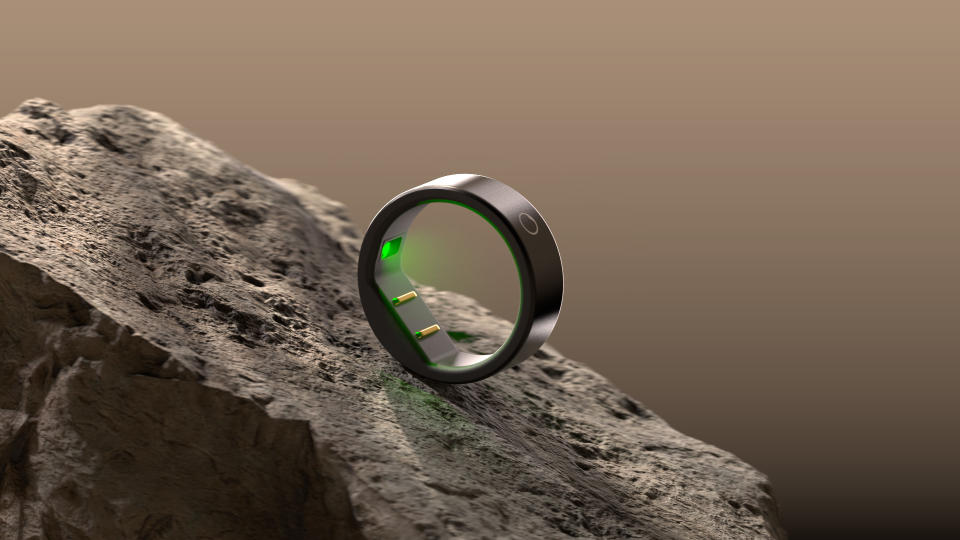
Many people like smart rings because they're not like smartwatches. You get passive health data without constant notifications buzzing your wrist. That being said, haptics are a common request we've seen in our forum about smart rings.
People who sleep with smartwatches mention that they use their watch's alarm function to subtly buzz themselves awake. To replace smartwatches for those people, a smart ring will need the same effect. It wouldn't need a strong motor to work at this size to wake you up, either.
Circular is the one ring we know of with a vibration motor. The smart ring uses buzzes not just for alarms but also for notifications, reminders, and breathing exercise cues. Not everyone will want their jewelry buzzing at them all day, but haptics will help make smart rings feel essential to some people.
AFib and other health tricks
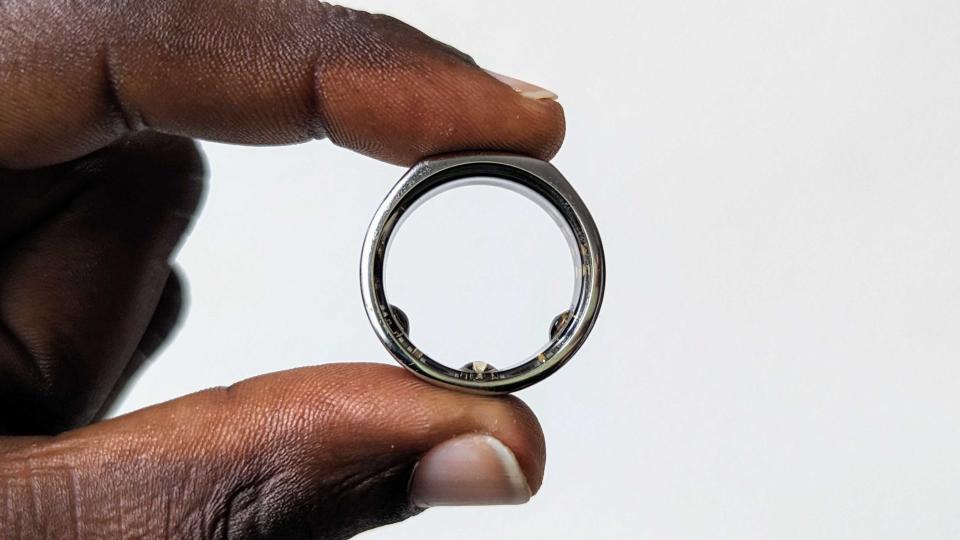
Some people prefer wearing smarts-free luxury watches for their style and simplicity; others, like my parents, simply don't like watches, especially bulky and complicated ones. But that tech-averse crowd might wear a smart ring if it gave them enough health data to matter.
Most smart rings have the essentials: resting heart rate, heart rate variability (HRV) for stress and energy recovery, blood oxygen (SpO2), skin temperature, breathing rate, and burned calories. A few, like Oura, give you automatic workout detection via the accelerometer.
Then you have some pretty intense promises. Several 2024 Kickstarter smart rings promise blood pressure monitoring, and electrocardiograms (ECG) for irregular heart rhythm (AFib) warnings are on the horizon. The YogiFi smart ring Kickstarter lists smoking and eating detection as "coming soon," while the Ringo smart ring has body composition analysis for body fat.
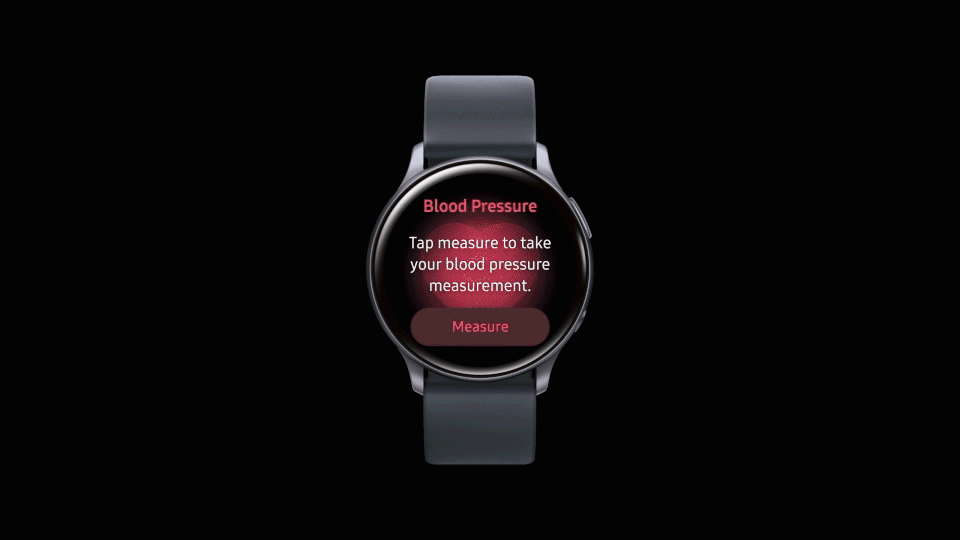
Smart rings' popularity will depend on their accuracy, not an exhaustive list of data. Consumers are smart enough to notice the difference between accurate results and vague "wellness" diagnostics you can't trust, and no one should rely on blood pressure or AFib data that's not FDA-approved.
That disclaimer aside, portable blood pressure and passive AFib monitoring would be an industry-shifting feature that would immediately appeal to millions of people above 50 as an early warning system, making smart rings an actual alternative to smartwatches for people who want a stripped-down experience.
The question is which smart ring brand can pull either feature off first. Early Galaxy Ring leaks suggested it would have blood pressure monitoring, but Samsung added BP readings to the Galaxy Watch 4 and has yet to get FDA approval for its use in the United States. That could hold true with its Galaxy Ring, as well.
NFC tap-to-pay (with authentication)
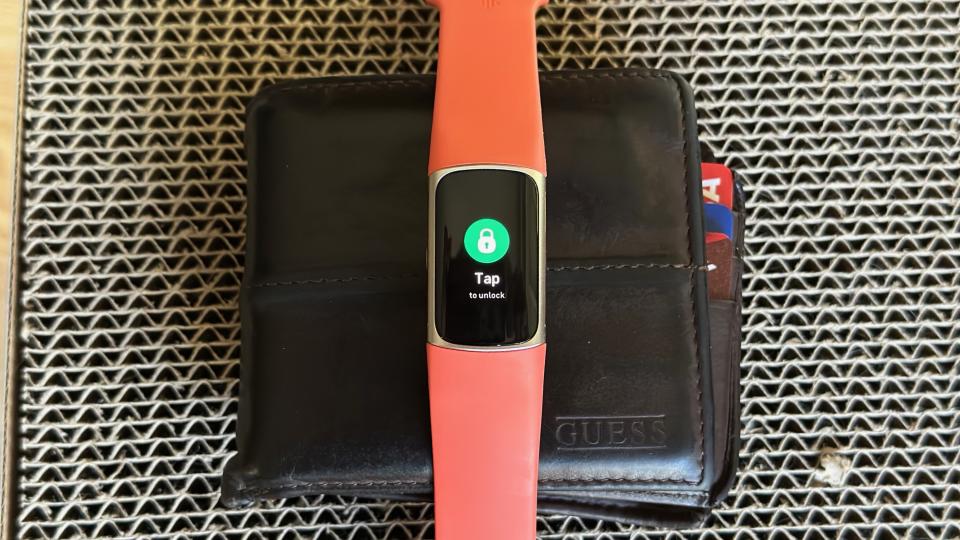
This should be an easy one. You can buy a cheap ring with NFC functionality on Amazon for much less than a typical smart ring. The problem is the inability to add a PIN or any other method to authenticate a payment, which is probably why most well-known smart rings don't support it.
I have a potential solution in mind for this: users must enable tap-to-pay in the companion app after they put the ring on, with a PIN code. The moment that the wear detection catches you removing your ring, the NFC function is automatically disabled until you turn it back on. That way, someone can't snatch a ring off your hand or nightstand to go on a shopping spree.
I don't know if this is possible, but it would let smart rings add contactless payments so that someone would need to physically drag your hand onto an NFC reader to commit fraud.
Touch or gesture controls
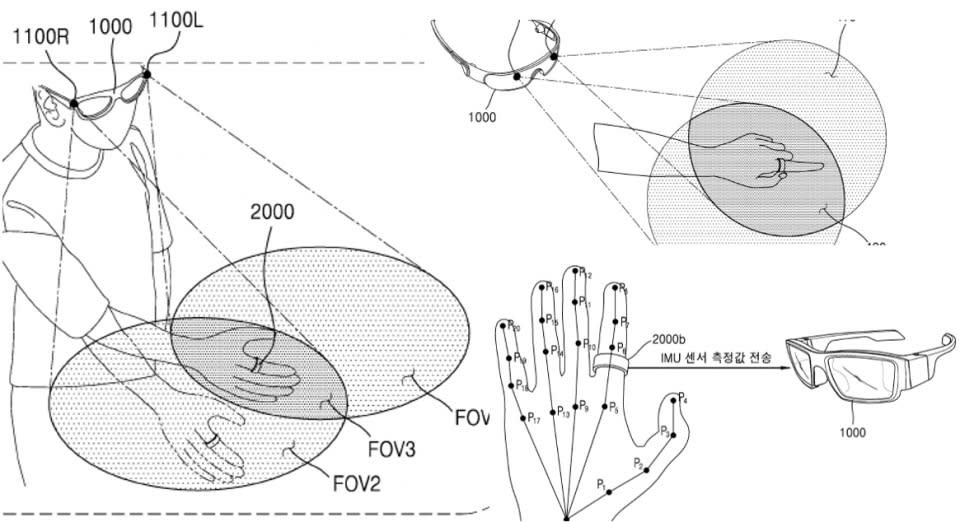
Samsung patents show the Galaxy Ring used as a controller for its XR headset. iMore describes an Apple Ring patent with gesture controls like "hand pinching, waving, pointing, and tapping a palm" tracked by the ring to control other Apple devices. Plus, a couple of Kickstarter rings promise touchpads or gesture controls.
If a ring touchpad triggered shortcut actions on your phone with a double tap or long-press, that could be very useful! The same goes for simple gestures like pinching or palm-tapping that you're unlikely to use in real life. On the other hand, I can imagine a tiny touchpad being quite finicky and prone to false positives, or gestures being triggered accidentally.
That said, Circular also seems to have this covered, to some extent, with a "button" that can be used for things like turning off vibration alarms on the ring.
Anyone with an Android smartwatch or Apple Watch with proper touch controls and screens wouldn't replace their watch with a ring for these substitute tricks. So, I'm not sure if they'd qualify as killer features or if companies are simply trying to justify the "smart" in smart rings.
A new, distinct style
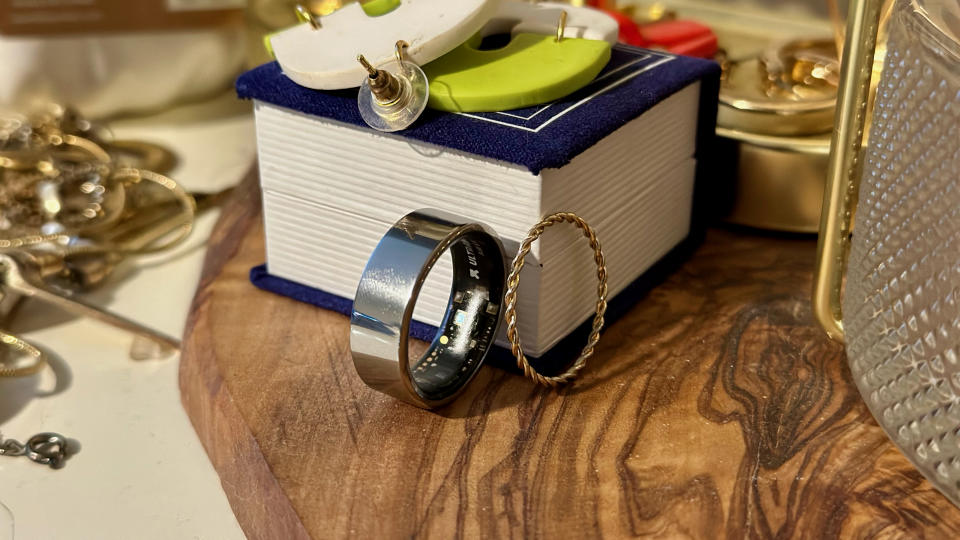
I'll quickly round out my list with something that's not a "feature" but is more vital than anything else. Most smart rings are thick, spartan, and not especially distinct from one another. However, aesthetics matter, and smart rings need to find a particular look that every day people accept.
Apple Watches have only succeeded because Apple convinced everyone that squircles are stylish and distinct. Android watches mimic classic timepiece designs. Either way, people accept them not just because they're about the same size as a regular watch but because they've grown to accept that trademark style.
That's why companies need to pick their battles, adding enough smart ring features to make them indispensable but not so packed with half-assed tricks that it's ugly and unreliable. I'm excited to see which smart ring is the first to pull off a balanced style that appeals outside of tech circles. It might be Oura or Samsung, but time will tell.

